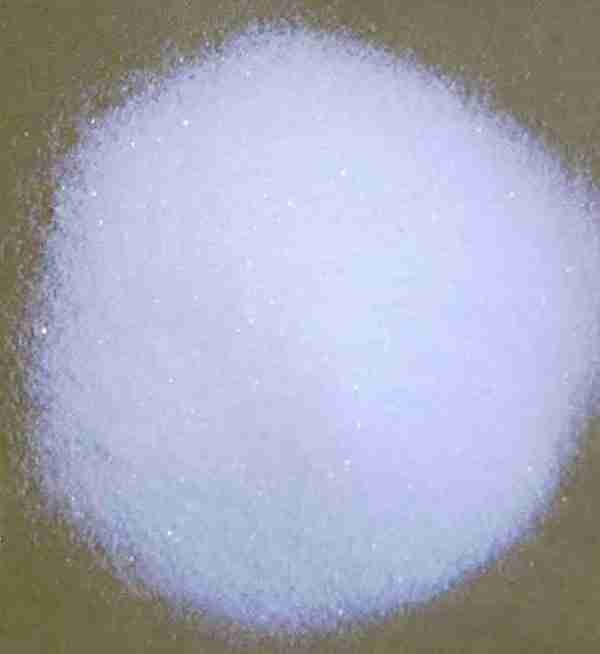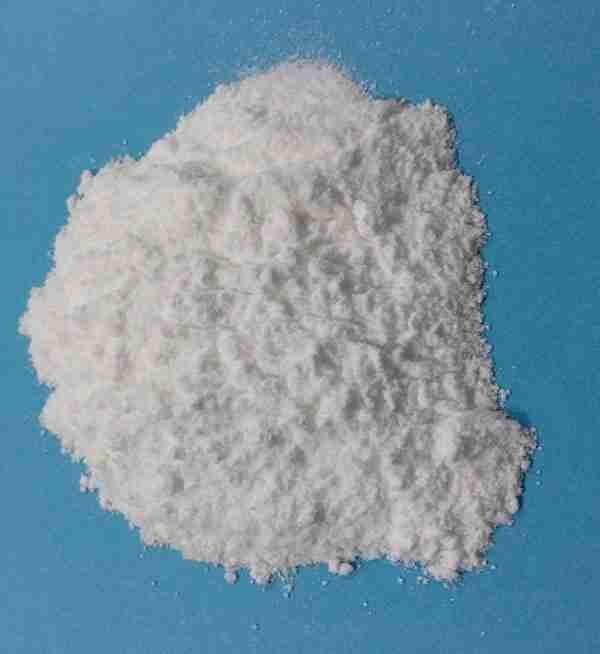Casein CAS 9000-71-9
Product name: Casein
Appearance: White or pale yellow powder
Packing: 25kg/drum
Sample: Available
related documents:
COA of Casein cas 9000-71-9
TDS of Casein cas 9000-71-9
Request for product documents
发送询盘
Description
Casein Quick Details
Chemical Name: Casein; Casein, Bovine Milk; casein protein
CAS No.: 9000-71-9
Molecular Fomula: C47H48N3NaO7S2
Appearance: White or pale yellow powder
Casein Typical Properties
Items
Specifications
Appearance
White or pale yellow powder
Protein (Dry basis)
92.00% Min
Moisture
12.00 % Max
Acidity
50.00Max
Fat
2.0% Max
ash
2.00% Max
Viscosity
700-2000mPa/s
Insolubility
0.50ml/gMax
Fat
2.0% Max
Coliforms
Negative/0.1G
Pathogenic bacteria
Negative
Total plate count
30000/G Max
Casein Usage
1. Food industry: used as thickener, emulsifier, stabilizer, nutritional protein additive, surfactant, sweetener, humectant
2. It is used as a base material for coatings. It has excellent water resistance and can be well dispersed in pigments to improve the uniformity of coatings.
3.?Compared with other resin buttons, casein buttons have good dyeability, processability, and various colors.
4. Casein mixed with slaked lime, sodium fluoride, and copper sulfate to obtain casein glue used in the aviation industry and wood processing.
5. Casein can also be used as a substitute for plant-based whey protein in making plant-based cheese, yogurt, ice cream and other dairy products
Casein Packaging and Shipping
Packing: 25kg/drum
Belonging to common goods
Casein Storage
Stored in a cool dry place away from direct sunlight and water.
| 5 |
|
0 |
| 4 |
|
0 |
| 3 |
|
0 |
| 2 |
|
0 |
| 1 |
|
0 |
- 2
- 2-diallylpent-4-en-1-amine
- 4
- 95-16-9
- Ammonium sulfamate
- Benzothiazole
- cas:67889-00-3ح2
- cas:83524-75-8 | pigment black 32
- cas:928836-00-4 | 2
- cas:932745-70-5 | 4
- Chemical Minerals
- Coconut diethanolamide
- Daily Chemicals
- discount
- for sale
- General pvc resin
- hexyl D-glucoside
- in stock
- Lauramidopropyl betaine
- LAURIC ACID MONOETHANOLAMIDE
- Petroleum Additives
- Plasticiser
- Ploymers
- price
- PVC
- quotation
- Raw Materal
- Remove term: Petroleum Additives Petroleum Additive
- SODIUM ETHYL 2-SULFOLAURATE
Related Products
Product name:Cyclopentane
Purity:96%
Appearance:White powder
Package:25kg/bag
Sample:Available
Chemical Name: Arabic gum
CAS No.: 9000-01-5
Appearance: powder
Chemical Name:?UDP-glucuronic acid
CAS No.: 2616-64-0
Molecular Fomula: C15H22N2O18P2
Molecular weight: 580.28
Appearance: Solid
Assay: 98%
Chemical Name: UV-120
Other Name: (2’,4’-Di-tert-butylphenyl 3,5-di-tert-butyl-4-hydroxybenzoate)
CAS No.: 4221-80-1
Molecular Fomula: C29H42O3
Molecular weight: 438.66
Assay: ≥99%(LC)
Chemical Name: 3-Hydroxybutyric acid
CAS No.: 625-71-8
Molecular Formula: C4H8O3
Molecular Weight: 104.1
Appearance: White powder
Chemical Name: Choline salicylate
CAS No.: 2016-36-6
Molecular Formula: C12H19NO4
Molecular Weight: 241.28
Appearance: Red-Brown Crystal
L-arginine (or arginine) is an amino acid that is recognized to be the ??building blocks?? of healthy proteins.?We get arginine from our diet plan, especially from animal-derived healthy protein foods, consisting of beef and various other sorts of red meat, chicken, fish, eggs, and also dairy items.
In addition to being normally present in a ??entire healthy protein?? that gives all the important amino acids we need, it is also produced in a research laboratory setting so it can be made use of to develop supplements that benefit heart health, sports efficiency, psychological performance, as well as extra.
Chemical Name:?UDP-Glucuronic Acid Trisodium
CAS No.: 63700-19-6
Molecular Fomula: C15H23N2NaO18P2
Molecular weight: 604.28
Appearance: Solid
Assay: 98%
Chemical Name: beta-NADH disodium salt
Other name: beta-Nicotinamide adenine dinucleotide disodium salt
CAS No.: 606-68-8
Molecular Fomula: C21H30N7NaO14P2
Molecular weight:?689.44
Appearance:?white to light yellow powder
Assay: 95%min
Chemical Name: Quercetin-3-O-sophoroside
CAS No.: 18609-17-1
Molecular Formula: C27H30O17
Molecular Weight: 626.52
Product name:HYDROXYPROPYL GUAR HYDROXYPROPYLTRIMONIUM CHLORIDE
Purity:99%
Appearance:Light Yellow Powder
Package:Customized according to customer needs.
Sample:Available
Chemical Name: 1,1,2,2-Tetrachloroethane
Other Name: Tetrachlorethane
CAS No.: 79-34-5
Molecular Formula: C2H2Cl4
Molecular Weight: 167.85
Appearance: Liquid



















Reviews
There are no reviews yet.